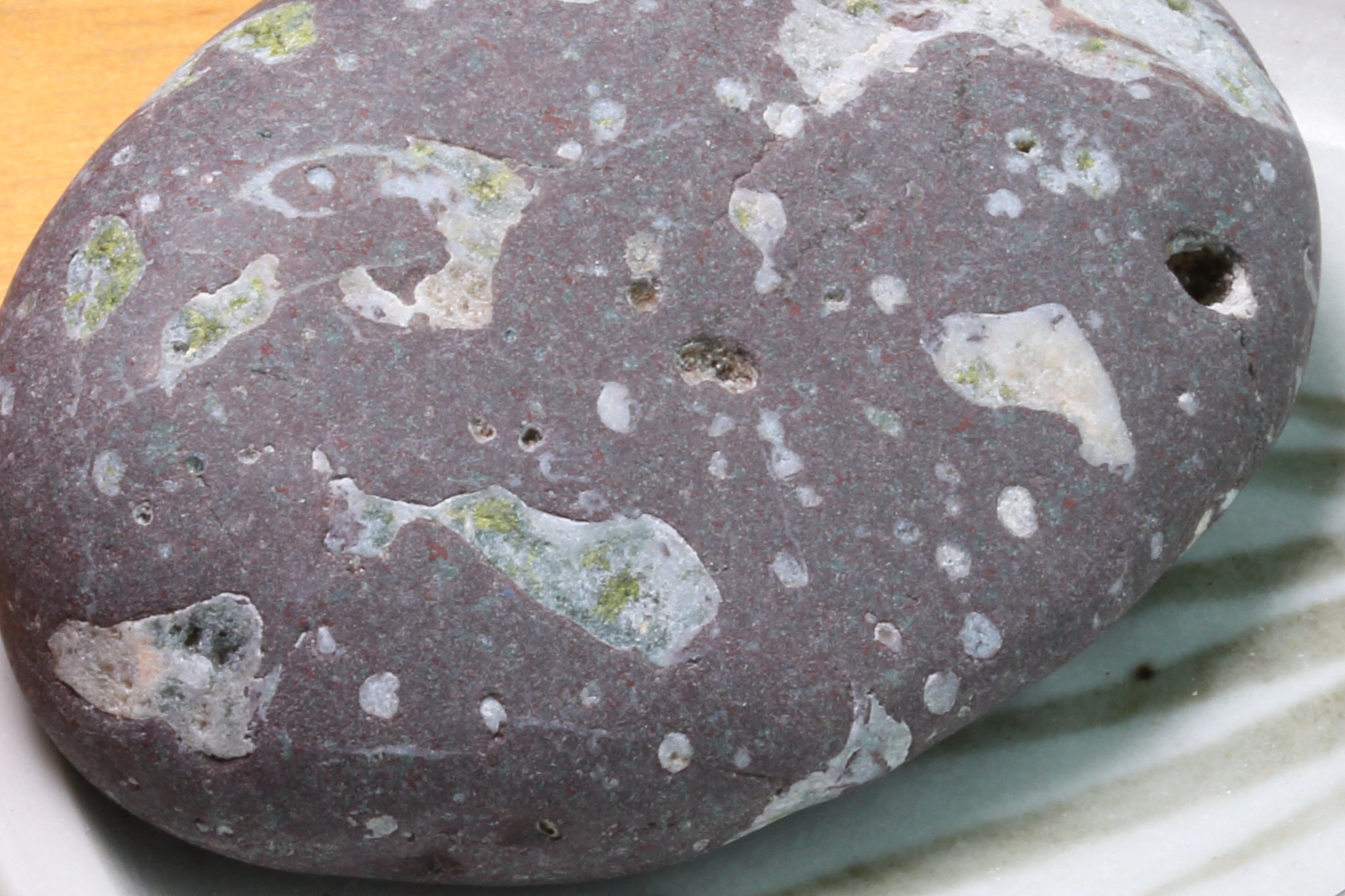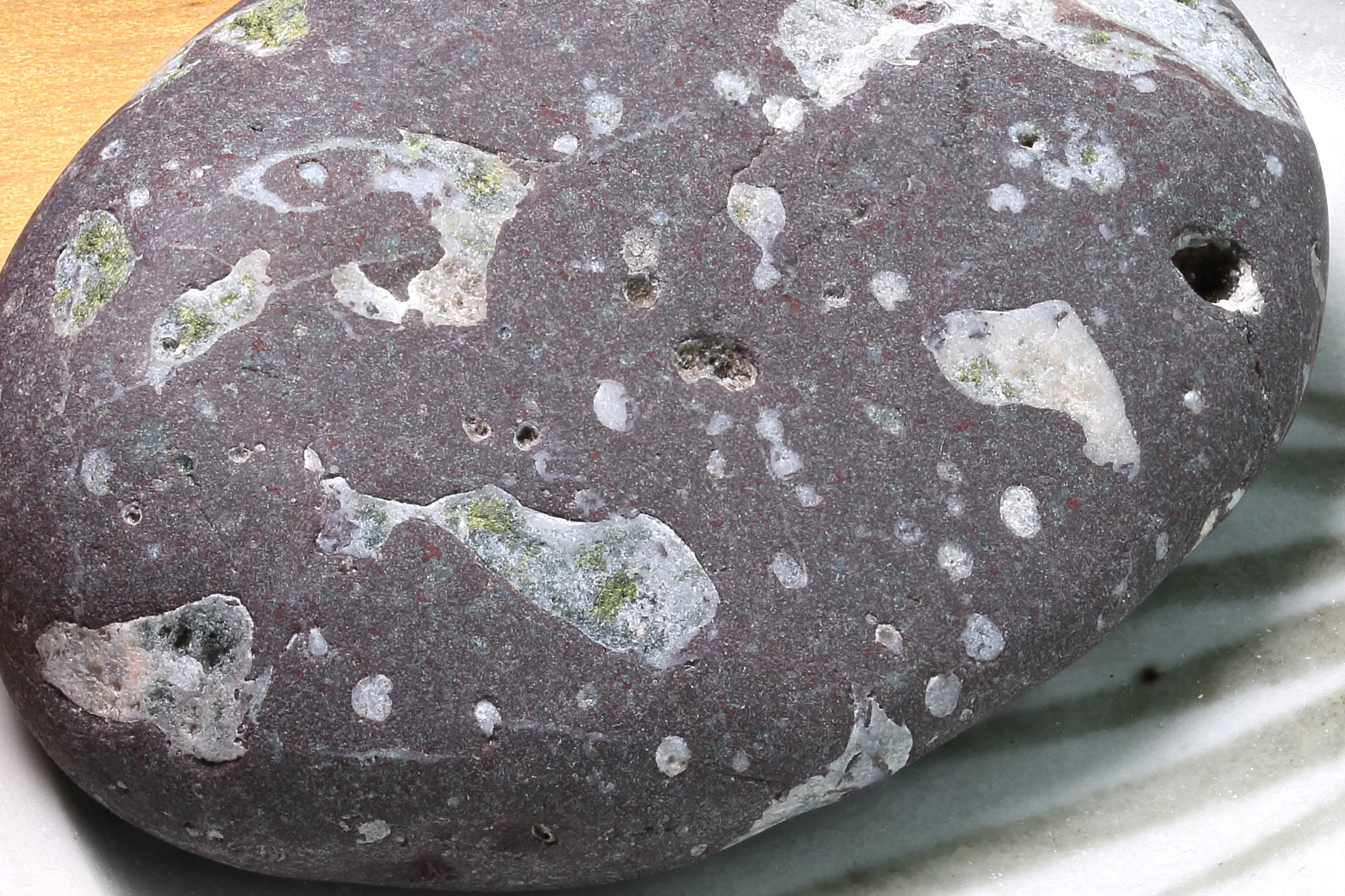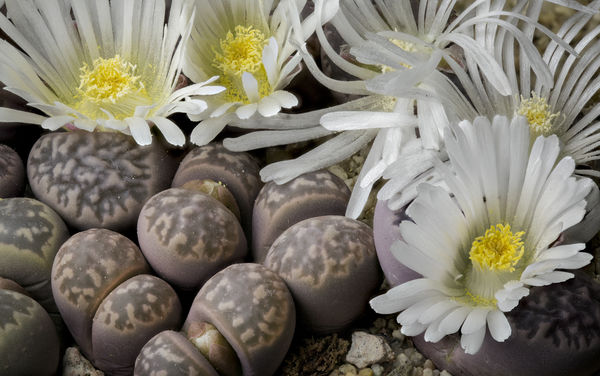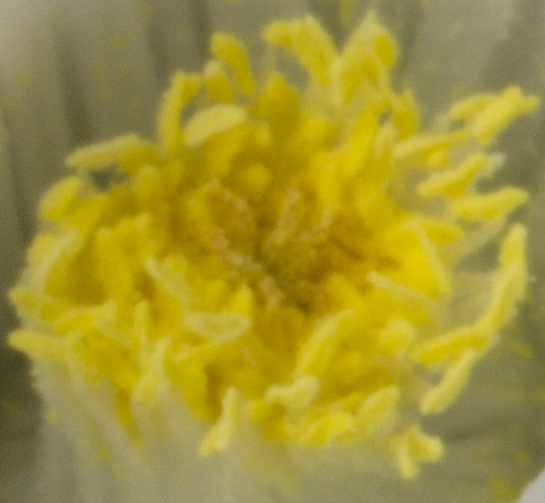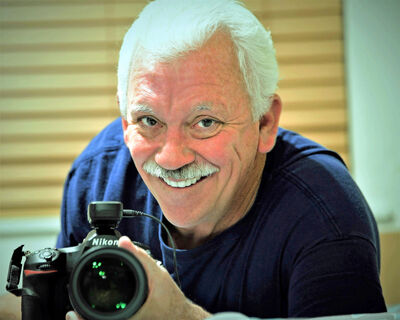Focus stacking
Mar 11, 2019 15:57:00 #
Blenheim Orange wrote:
Here is the direct comparison you asked for. I hop... (show quote)
Nice comparison - thanks for posting!
Mar 11, 2019 17:34:39 #
cactuspic
Loc: Dallas, TX
pithydoug wrote:
Posting thumbnails makes it hard to appreciate the difference.
I am reposting the images as full size jpgs so you can compare. The first is a focus stack taken at f/8 and the second is a single shot stopped down to f/32. For a comparison of the resolution at the point of focus of the f/32 shot, I have cropped to include only the center of the flower from the front right of the image. The crops of the flower center, being a very small portion of the original image, are also posted at full resolution.
Mar 11, 2019 17:43:59 #
Capn_Dave wrote:
You can also stack photos to get the silky water effect when you forget your ND filters and it
is the middle of the day. Set your camera on a tripod, compose your photo and fire about 10 shots.
Stack them in post and viola the silky water effect.
is the middle of the day. Set your camera on a tripod, compose your photo and fire about 10 shots.
Stack them in post and viola the silky water effect.
That is just begging to be tried. THANK YOU!
Mar 11, 2019 21:40:12 #
Focus stacking is a powerful technique for extending a photo's apparent depth of field. It's perhaps most useful in close-up and macro photography, since the camera lens's highest f-stop is often insufficient to render everything in focus. It can even overcome the otherwise unavoidable sharpness loss from diffraction. When a photographer requires more depth of field, they typically just increase the f-stop setting of their camera lens. While this is a simple and effective technique, choosing a higher f-stop also has its disadvantages. It increases the necessary exposure time, and in extreme cases, it can also reduce image sharpness due to diffraction. Furthermore, one might desire a greater depth of field than a particular lens's maximum f-stop is able to provide. What's the solution? To combine several separate images (aka "image stacking"). This avoids many of the disadvantages of using too high an f-stop, while also retaining the advantage of a large depth of field. Specific example scenarios may include: Landscape photography, Macro photography and Low-light photography. Others have already privided excellent examples.
Mar 11, 2019 22:52:10 #
Vietnam Vet wrote:
I have never done focus stacking because I don't see how that would be different than just taking a single image at like an f32. Will someone please take two images and post them? One a single image like a f32 and another using focus stacking. Convince me to give focus stacking a try.
----------------------------------------------------------
First off...thank you for your service!
Since this isn't the induction center, I hope I won't have to recruit you too hard to try focus stacking! :)
Posting a single photo and 10 stacked photos. The composition is junk... it was just something I had available to compare for you.
Photo 1 single photo: D850 Nikkor 24-70 zoom @24mm, f/2.8 1/200 sec, ISO 1600, room light.
Photo 2 10 photos: Same camera and lens. @24mm, F/9, 1.6 sec, ISO-64, room light
PP with Helicon Lite, NX2, PSE, ON and Perfectly Clear (both photos)
Give it a try. Good Luck!
Jim
Mar 11, 2019 23:03:50 #
cactuspic wrote:
I am reposting the images as full size jpgs so you can compare. The first is a focus stack taken at f/8 and the second is a single shot stopped down to f/32. For a comparison of the resolution at the point of focus of the f/32 shot, I have cropped to include only the center of the flower from the front right of the image. The crops of the flower center, being a very small portion of the original image, are also posted at full resolution.
Good examples.

Are you still using the lens from the Minolta scanner?
Mike
Mar 12, 2019 01:59:19 #
Vietnam Vet wrote:
I have never done focus stacking because I don't see how that would be different than just taking a single image at like an f32. Will someone please take two images and post them? One a single image like a f32 and another using focus stacking. Convince me to give focus stacking a try.
F/32 might involve a very long exposure!? I'd prefer faster shots, progressive focus points and focus stacking/merge software such as that in Affinity Photo or Zerene stacker.
bwa
Mar 12, 2019 06:11:08 #
cactuspic
Loc: Dallas, TX
Blenheim Orange wrote:
Good examples. 
Are you still using the lens from the Minolta scanner?
Mike

Are you still using the lens from the Minolta scanner?
Mike
Definitely, Mike. It is my go to lens for magnifications in the range of 1x to 3x. Wonderfully sharp with almost no chromatic aberrations. I am amazed that such a tiny lens performs so well.
Irwin
Mar 12, 2019 08:58:56 #
Mar 12, 2019 09:00:04 #
Mar 12, 2019 09:42:44 #
For what it's worth; In an experiment I recently stacked 5 images using Photoshop and it did a great job. The lens I used,"focus breathed" so each image was slightly different in size. And, I used auto ISO so each image was also slightly different in exposure. Photoshop handled both problems without batting an eye.
Mar 12, 2019 10:32:09 #
tdekany wrote:
I would only suggest focus stacking if you want the best sharpness. At f32 it will not be as sharp.
Get a 500mm f4 and shoot from about 25'.

Mar 12, 2019 11:04:11 #
I have an article with illustrations on my blog about focus stacking. Toward the bottom is a comparison between a flower at f/8 and stacked and the same composition at f/22. The stacked version is much sharper. Stacking is a powerful tool for both macro and landscape photography. I have been using it for about a decade with excellent results. Stacks are simple to shoot and simple to process. Time to embrace it!
https://www.gerlachnaturephoto.com/single-post/2018/02/23/Focus-Stacking-the-Easy-and-Successful-Way
https://www.gerlachnaturephoto.com/single-post/2018/02/23/Focus-Stacking-the-Easy-and-Successful-Way
Mar 12, 2019 17:14:48 #
rwilson1942 wrote:
According to an online calculator, the DoF of a 100mm lens focused at 400mm at f32 would be ~2.6mm.
I did a focus stack of a 2 inch diameter rose a few days ago, shooting 49 'slices' to get the entire rose in focus.
You will likely also get diffraction at f32.
Most experts on macro photography recommend not using apertures smaller than f16.
I did a focus stack of a 2 inch diameter rose a few days ago, shooting 49 'slices' to get the entire rose in focus.
You will likely also get diffraction at f32.
Most experts on macro photography recommend not using apertures smaller than f16.
It is worth remembering that as Magnification or Ratio of Reproduction approaches life size i.e. R.R,=1:1, the aperture marked on the lens -the NOMINAL aperture is no longer the same aperture but effectively becomes a smaller aperture and this aperture is the EFFECTIVE aperture. Thus at F-16 and RR=1:1, this nominal aperture of F-16 becomes an Effective aperture of F-32 which can cause diffraction.
Mar 12, 2019 17:58:07 #
John Gerlach wrote:
I have an article with illustrations on my blog ab... (show quote)
Your description of stacking is really good.
This post is good too:
https://www.gerlachnaturephoto.com/single-post/2018/08/06/Processing-Focus-Stacks
Lots of beautiful images at your site.

Mike
If you want to reply, then register here. Registration is free and your account is created instantly, so you can post right away.
 The first image was shot at f/32. The second is a stack of 16 images shot at f/8. I cropped 2048 X 1365 samples from each at 100%. I didn't do any post processing on these other than that.
The first image was shot at f/32. The second is a stack of 16 images shot at f/8. I cropped 2048 X 1365 samples from each at 100%. I didn't do any post processing on these other than that. 